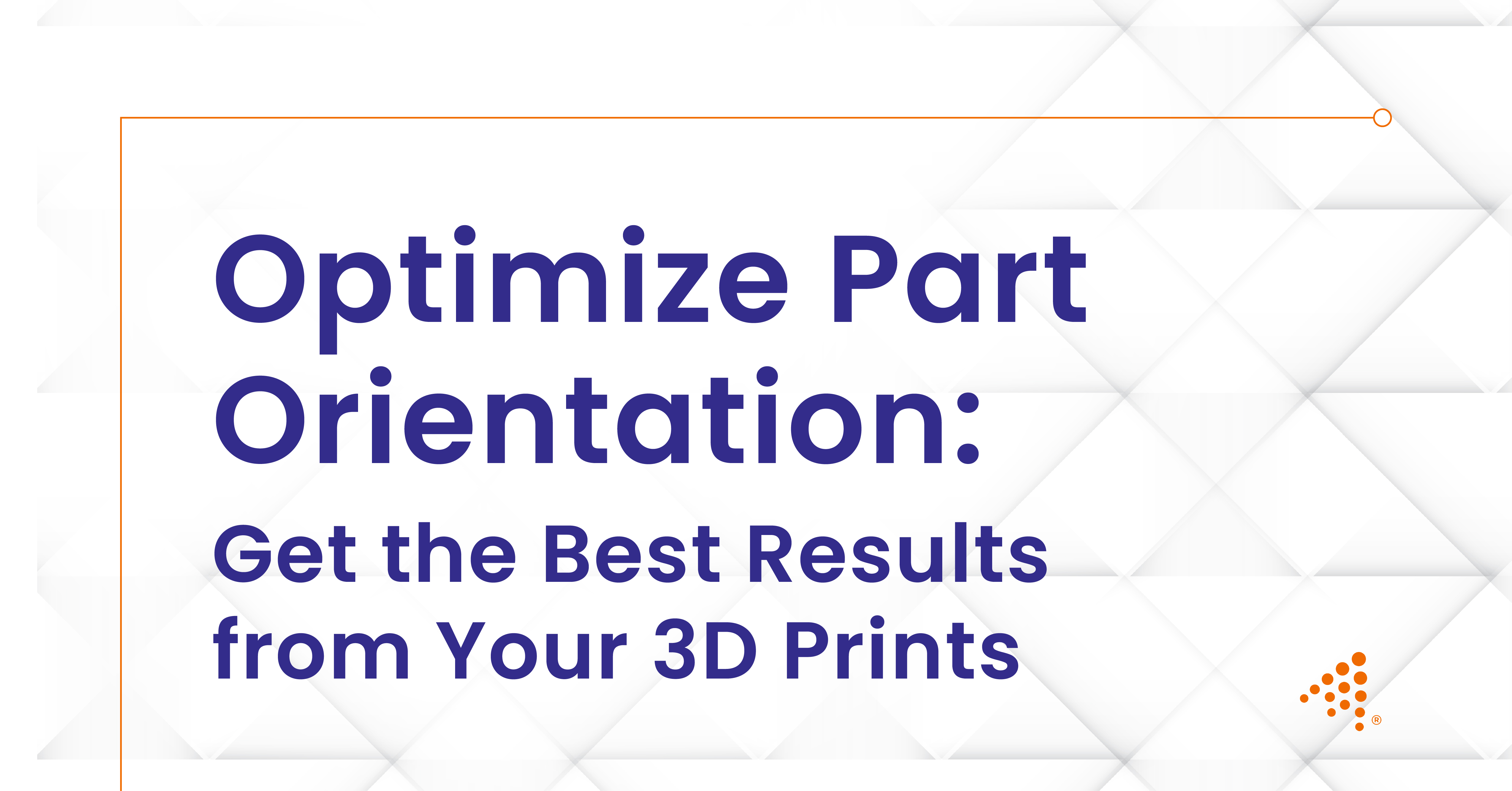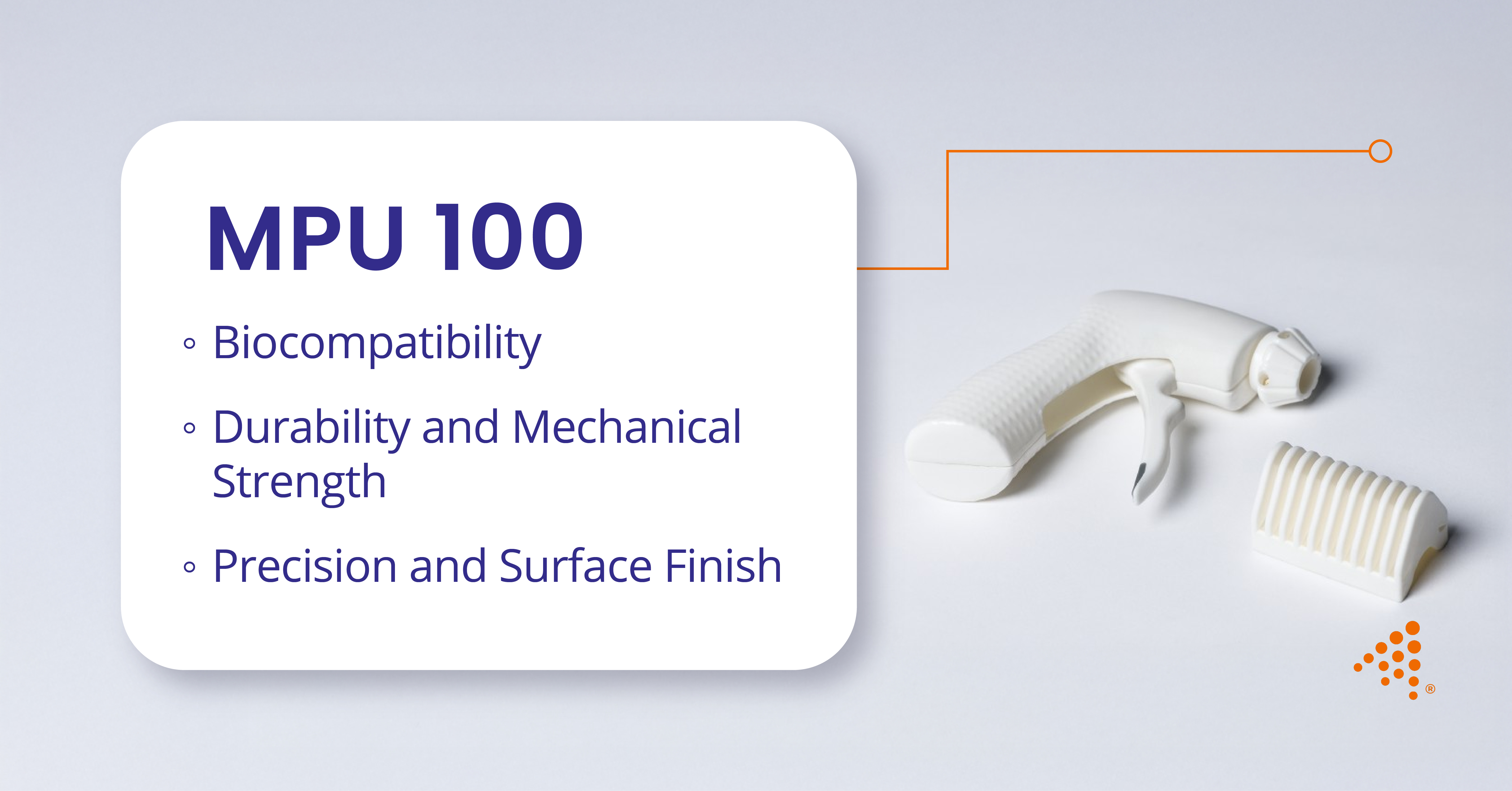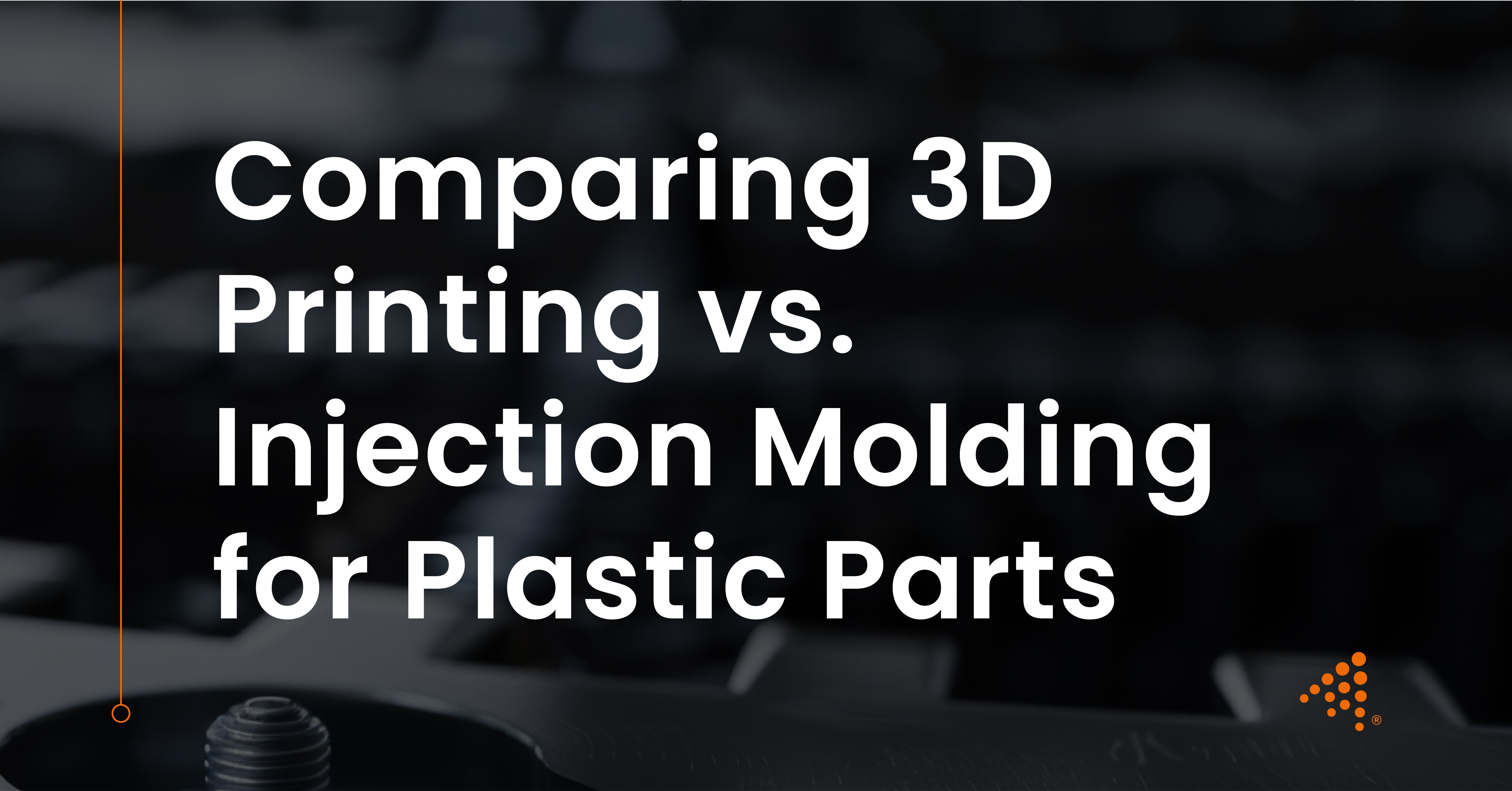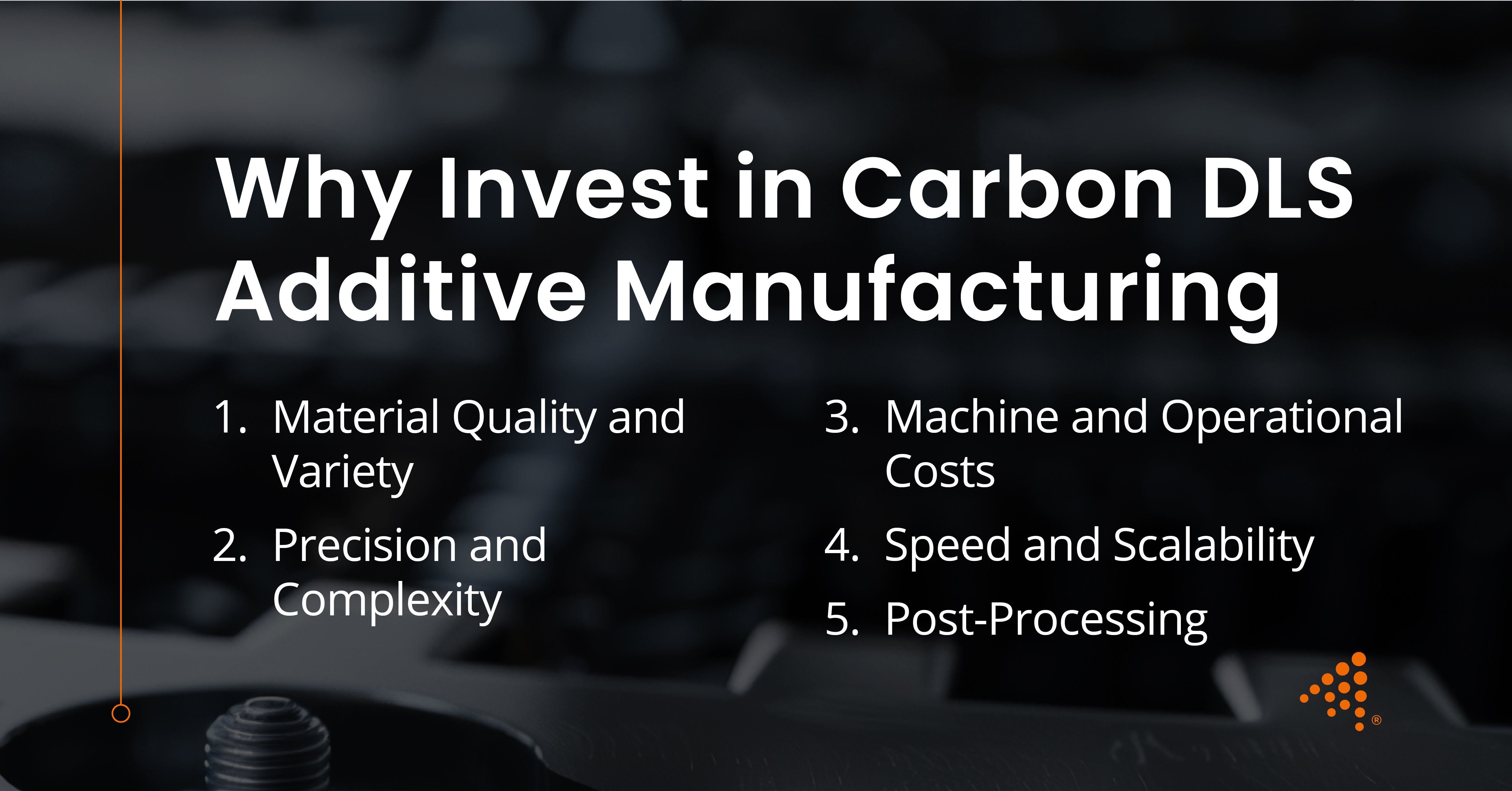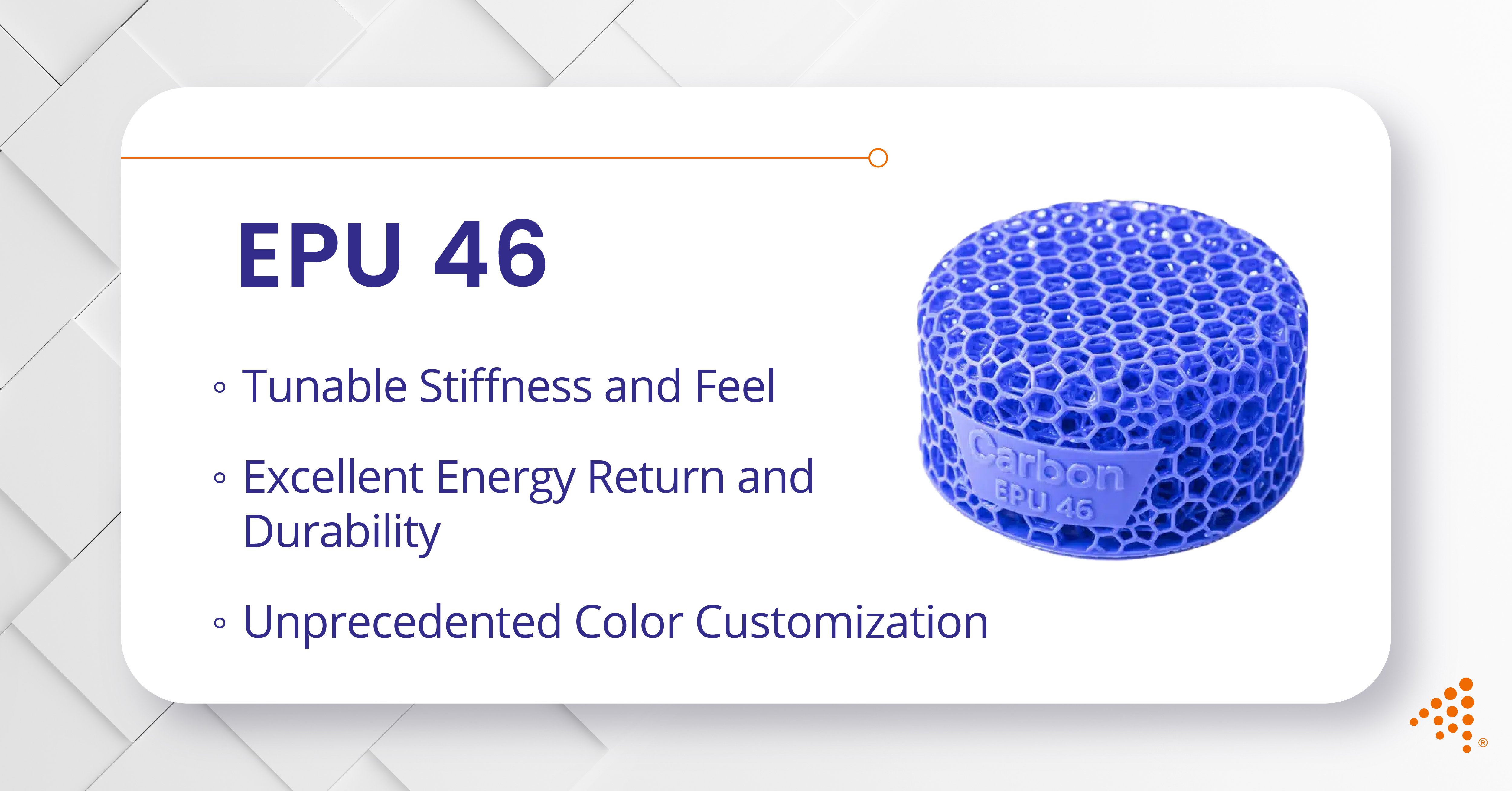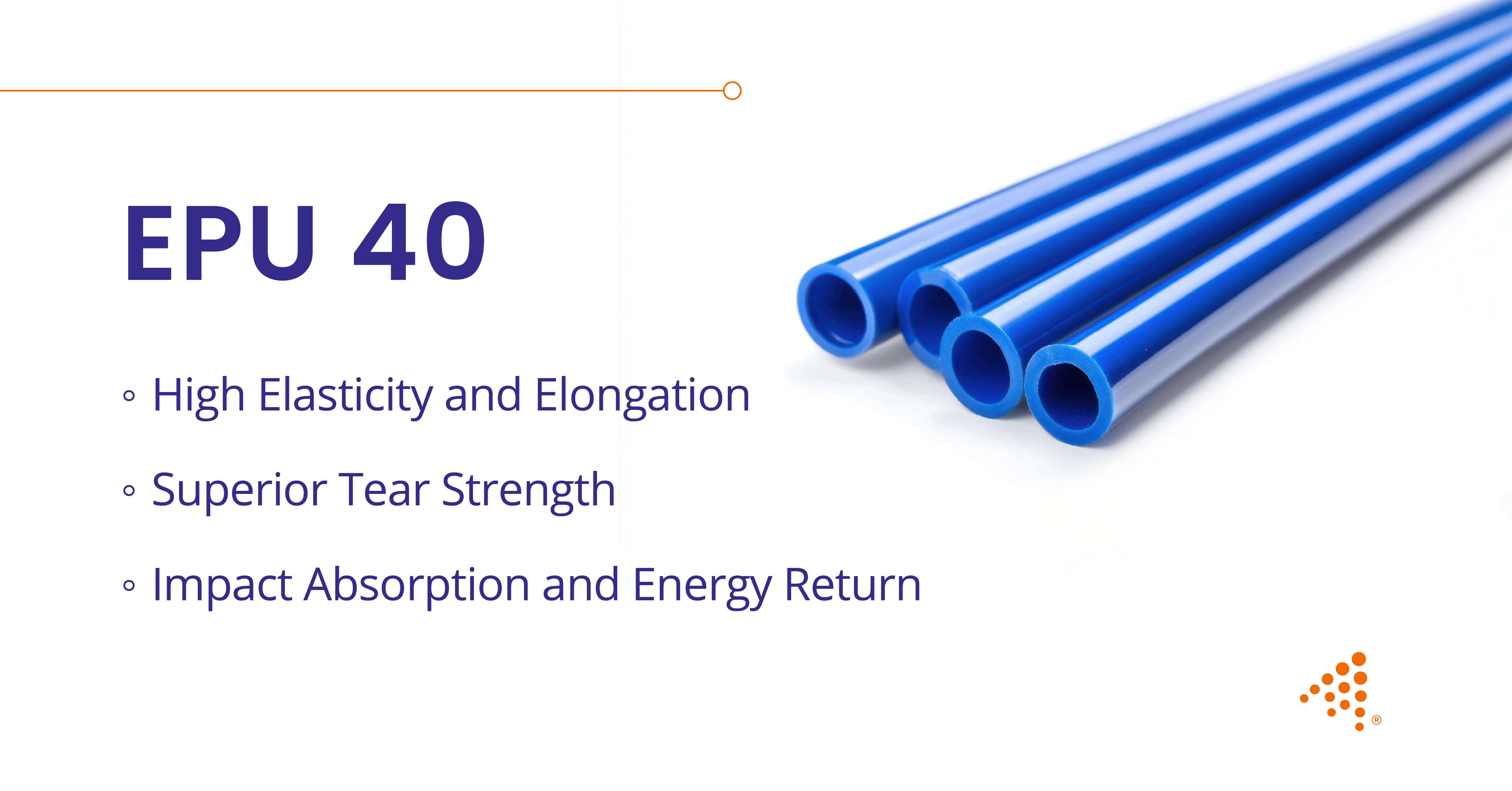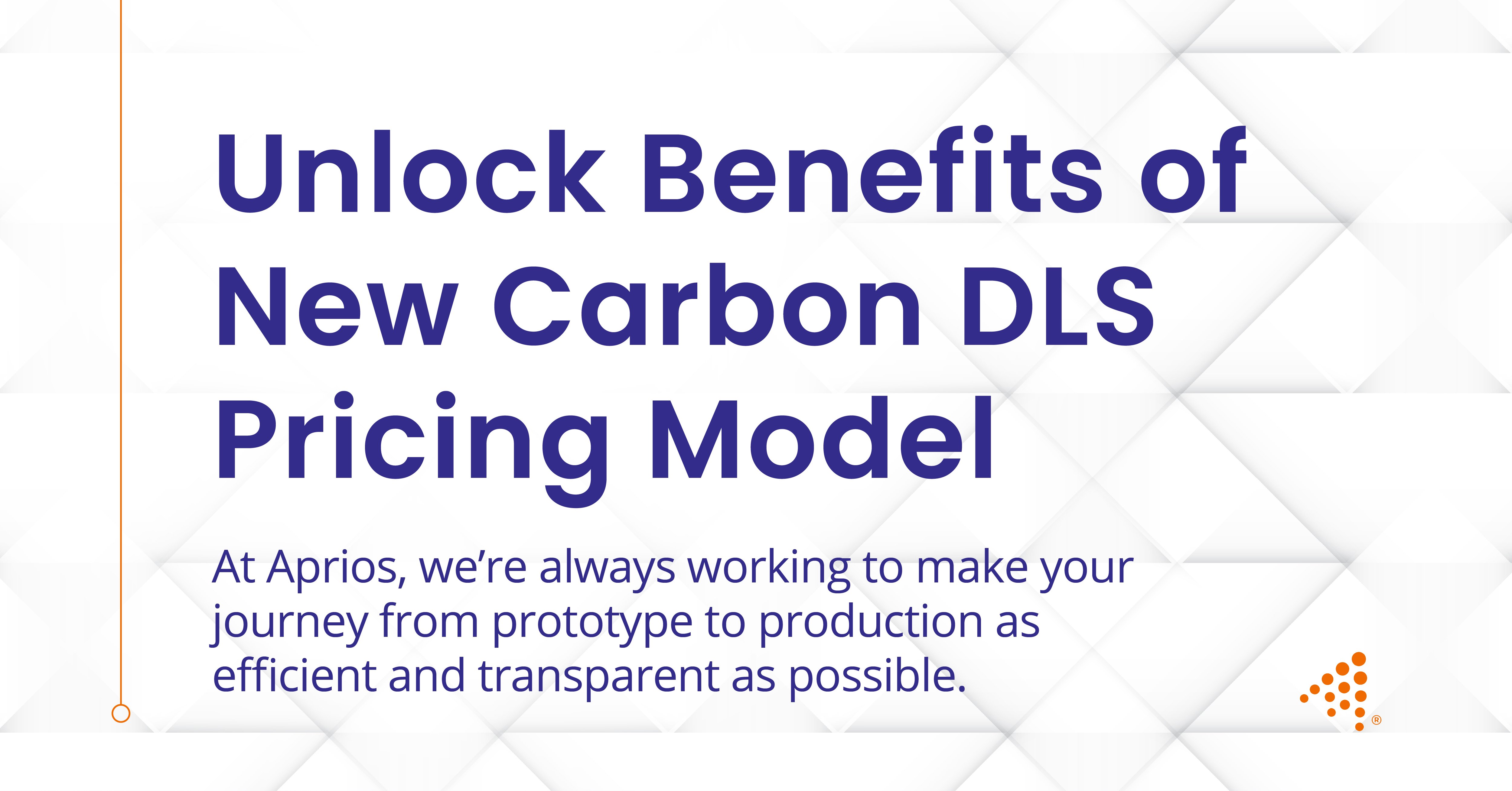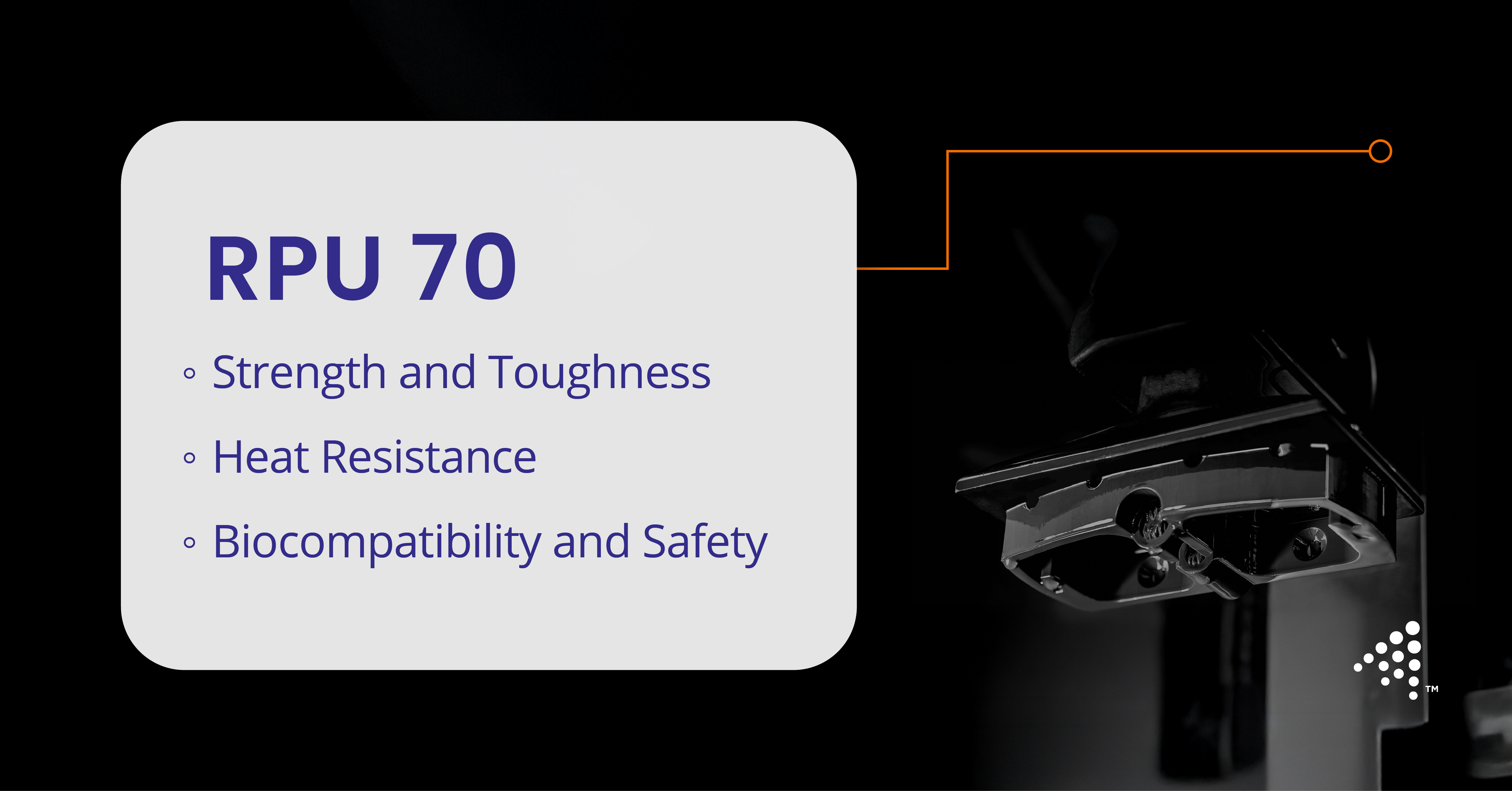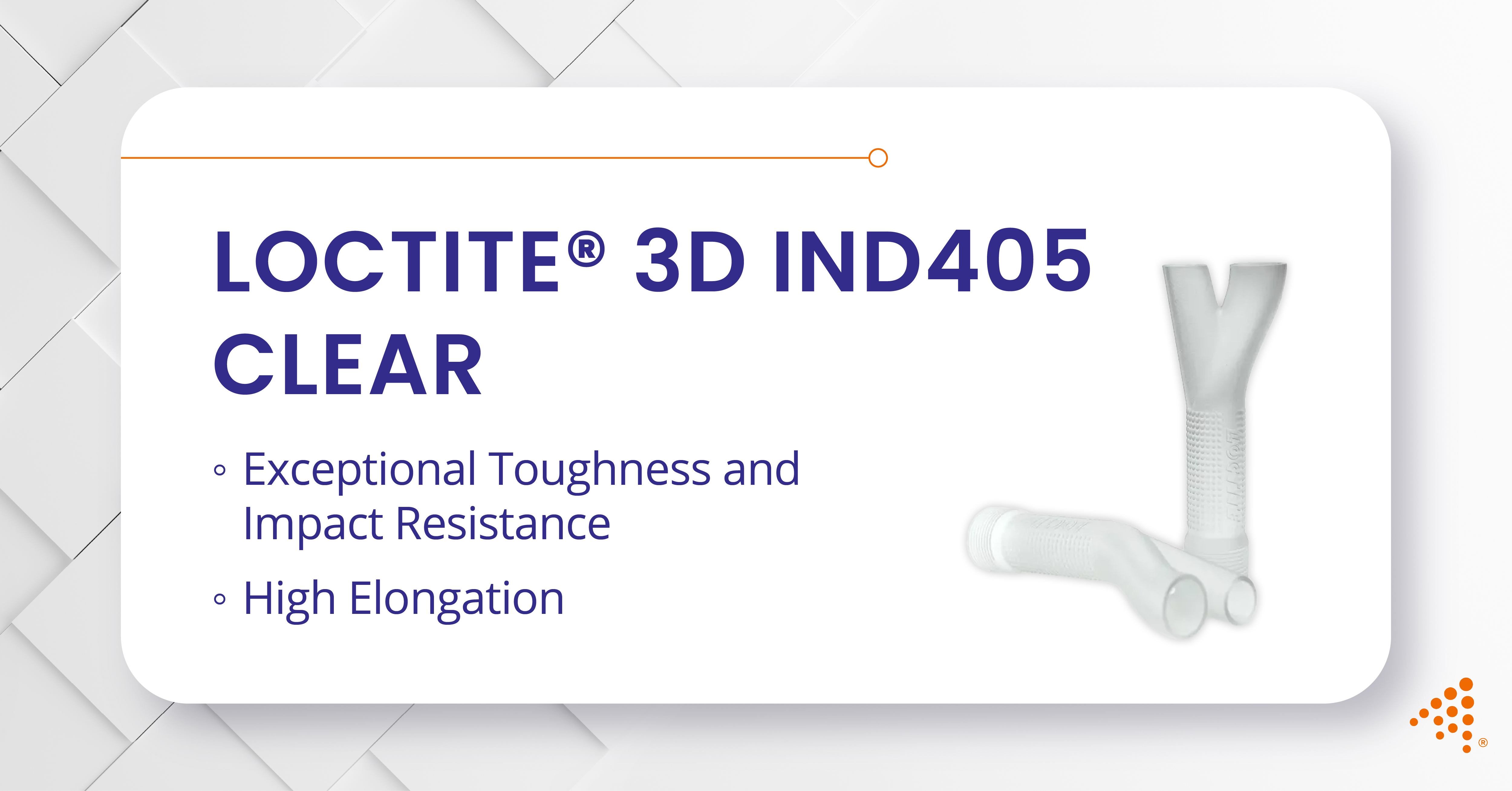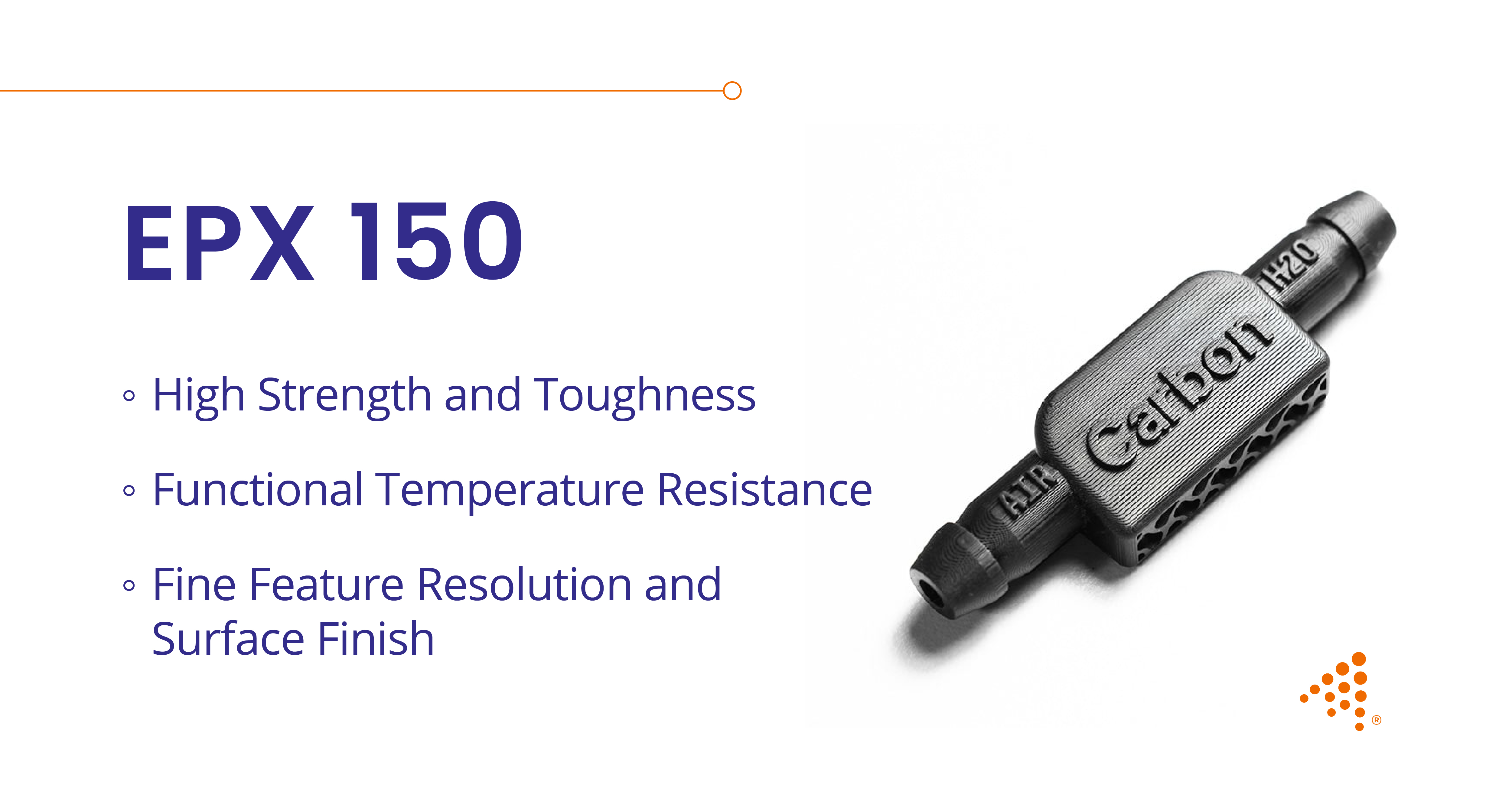No Production Tooling Required
Save weeks on lead time: Skip tooling and accelerate production timelines significantly
Iterate quickly without making costly tool modifications
Save thousands on tooling: Eliminate tooling and reduce production costs
In Additive Manufacturing, your only limit is your own imagination
Traditional injection molding can be slow and costly, especially when complex geometries are involved. Aprios is a custom manufacturing company that understands that time and budget constraints can be a non-starter, which is why we’ve invested in Carbon DLS 3D printing technology (part of our advanced additive manufacturing services), allowing rapid prototyping and production of intricate parts like lattice structures without the long lead times or high costs of production tooling.
Save weeks on lead time: Skip tooling and accelerate production timelines significantly
Iterate quickly without making costly tool modifications
Save thousands on tooling: Eliminate tooling and reduce production costs
Quickly iterate on designs, reducing time from concept to market
Get parts fast, keeping operations running smoothly with minimal delays
Quickly produce components for trials, meeting deadlines and adapting to changes
Control surface finish and choose from X of surface finishes in Carbon Design Engine
Print multiple parts on the same platform without increasing build time
Optimized print speed enables 0.5 to 2 inches per hour across the build platform
Rigid Polyurethane similar to ABS, PolyCarbonate, Epoxy
Elastic Polyurethane similar to Thermoplastic Polyurethane, and TPE’s
Medical resins include: Biocompatible 10993-5, Cytotoxicity 10993-5, Skin Sensitivity ISO 10993-10
Achieve precision with accuracy within ±70 micrometers + 1 μm per mm
Ensure precision with accuracy within ±0.003 inches + 0.001 in per in dimension size
Customizable slice thickness for optimal detail or faster production.25, 50 or 100 µm
Lattice Structures provide strength while reducing material usage, which cuts down on material waste
Create Organic or Biomimetic shapes that replicate natural structures
Hollow/Internal Channels within a solid part that allow for fluid or air passage
Aprios is not just another manufacturing service bureau: we act as a member of your team as a DFM expert and rapid prototyping partner,
integrated with your R&D and Product Development team every step of the way
Aprios will run test prints and build your parts custom Standard Operating Procedure (SOP) until parts can be reliably printed to customer standards. We offer live manufacturing support and engineering support throughout development, ensuring parts meet both design intent and function.
Customer will only pay Iteration Costs until Commercialization Launch, then customer can order on a price-per-part basis
This is important for products that require high cosmetic or dimensional standards
Aprios will maximize the number of parts per platform, customer will receive all parts printed on a platform
For prototypes that will be mass-produced in Injection Molding, Aprios can produce prototype or production tooling immediately after prototype phase


Standard lead time is 3 weeks, payment by credit card before shipment
For Prototype+, please provide an Inspection Traveler as a PDF
Includes all Carbon Resins except SIL 30 & CE 221
Print size limited to:
M2- 7.4x4.6x12.8
L1 - 15.7x9.8x18.1
Customers are responsible for shipping costs, which can be covered using your FedEx or UPS account or by Standard Ground
While we do our best to ensure dimensional accuracy, please note that the Additive Manufacturing process requires tailored printing and finishing processes, and order quantities and dimensional specifications are fulfilled on a best effort basis
Lot tracking, material certificates, and revision control are not included

FDM 3D printing is typically used for prototyping, while additive manufacturing is often leveraged for both prototyping and end-use parts. The scalability and durability of additive manufacturing make it suitable for short-run production as well as production at scale.
Carbon DLS (Digital Light Synthesis) is an advanced 3D printing technology that uses digital light and oxygen-permeable optics to produce high-quality, durable, top resolution parts quickly and accurately as part of our additive manufacturing services.
Carbon DLS supports a variety of materials, including rigid and flexible polyurethanes, epoxies, and elastomers. These materials offer a range of mechanical properties to meet diverse application needs.
Carbon DLS offers higher resolution, better surface finishes, and faster production times compared to traditional 3D printing methods. It also provides superior mechanical properties, making it suitable for end-use parts and prototypes.
Yes, Carbon DLS is built for rapid prototyping, producing parts that look and perform like they came from injection molding. That way, you're able to see how the part actually holds up and make any tweaks before scaling production.
Carbon DLS shows up in all kinds of applications— from car parts and medical tools to consumer goods and industrial components — and is flexible enough for early prototypes while still strong enough for finished production runs.
We produce prototypes by the iteration to accomplish the following reasons:
It helps us learn how to reduce cost and labor for mass additive manufacturing services and production
Building and documenting a set of customized work instructions and processes to produce your part
Optimize print supports and post processing standards
Identify and resolve risks before production or clinical trials
Carbon DLS 3D printing combines digital light projection with oxygen-permeable optics to create smooth, high-resolution parts. Each layer cures seamlessly, producing strong, end-use components that rival injection molding, without needing separate tooling services or long setup times.
Parts printed with Carbon DLS technology are built for real-world performance. Strength and wear resistance depend on the resin, but most maintain their form and function for years. They’re made to handle repeated use and hold their shape under real conditions.
Carbon DLS fits best where precision and speed matter, like medical devices, consumer goods, and automotive components. Aprios, a trusted contract manufacturer, offers design and engineering support from start to finish to ensure each part meets exact standards.
Talk with someone who knows the process inside out. We’ll provide full manufacturing services and live manufacturing support to help you plan, print, and refine every part until it performs exactly as intended.
Our experts will guide you through the process, giving you tailored advice for every step of your project.
